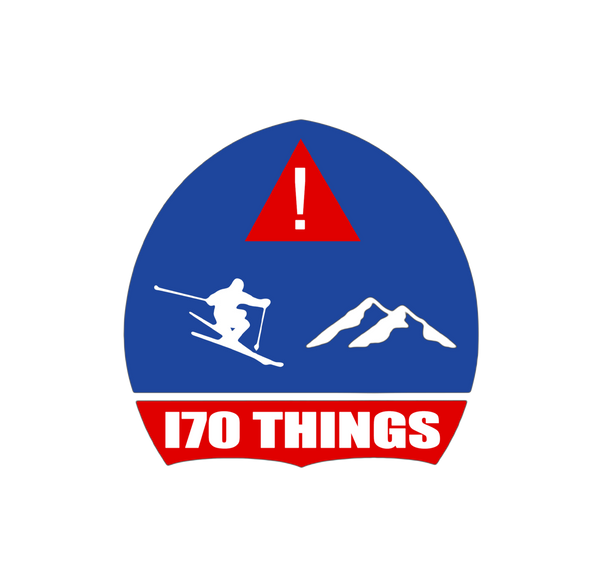Let's go over the traction law basics!
It’s no secret that Interstate 70 through Colorado’s mountain corridor can be a dangerous place. Winter months bring heavy traffic, inclement weather, and poor road conditions, a combination that leads to a myriad of accidents on I-70. In order to decrease the number of incidents on the road, a set of traction laws have been passed.
What are traction laws? Let’s jump in.
From September 1 to May 31, the traction law is active at all times regardless of weather conditions. Drivers must meet one of the following specifications.
- AWD/4WD vehicle AND required minimum tread depth of 3/16"
- 2WD vehicle AND M+S designated tires OR Winter designated tires OR All-Weather designated tires AND required minimum tread depth of 3/16"
- 2WD vehicle (without M+S/Winter/All-Weather tires) AND alternative traction devices like chains
If you're a visual learner, look at the cover photo provided by the Colorado Department of Transportation. (CDOT)
Despite this regulation, there have been fewer drivers ticketed for traction laws each year since 2019, while accidents remain high, leading drivers to ask why things aren’t getting better.
Law enforcement officers are often inundated by traffic issues in bad weather, so it is difficult for them to monitor vehicle traction on top of that. In addition, they themselves are often also driving in precarious conditions, making it unsafe for them to check the tires of passing cars as they pass them on roads.
Also, the laws are only enforced when a driver is in an accident or pulled over, which is oftentimes too late. Their efficacy relies on the personal responsibility of motorists, which many seem to lack. But why is this the case?
- Maybe tourists who come to Colorado to ski aren’t aware the traction law exists.
- Maybe buying a new set of winter tires is too expensive.
- Maybe individuals who aren’t familiar with driving in the snow, don’t think much of it.
As you can see, we don’t have the answer but want to work with the community, and the Colorado government to help keep I-70 safe.
Let’s summarize
This blog post's goal is to bring awareness to the traction law, especially for those who are not accustomed to snow driving in poor road conditions and can be unaware of the consequences of failing to adhere. One stuck car on the highway can force hours of delays for everyone else. We’d like for everyone to have a safe driving experience on the road so they can enjoy their destination.
Plainly put, the regulations don’t seem to be enough. We need more education, stricter enforcement, and better accountability on our roads if we want to see things getting better.
What do you think? Should the regulations be stricter? What more can we do? Let us know in the comments below.
Stay safe out there I-70 Things Community!
Thanks for reading!
PS: We’re a small team. So if you’d like to be a guest blog writer and have an interesting topic or a wild I-70 story that you’d like to share please email us at i70tings@gmail.com. Also if you’re an expert in an applicable industry we’d love to interview you.
*We are not driving instructors. Do not use this as your "driving in the snow exam." Liability is on the driver and please make sure you follow the traction law.


2 comments
There are check stops for 18-wheeler trucks- maybe alrhough would be slow, there could be a check for “unregistered” cars – could have a sticker if you’ve heady “passed”, but those without approval would have to pull over? Check their tires – and review safety on roads- make them turn around if car is unsafe
Sounds like a traffic nightmare, but how to keep unprepared drivers off high country roads if they are not able to drive them safely?
Dear i70things.com admin, Thanks for the well-organized and comprehensive post!